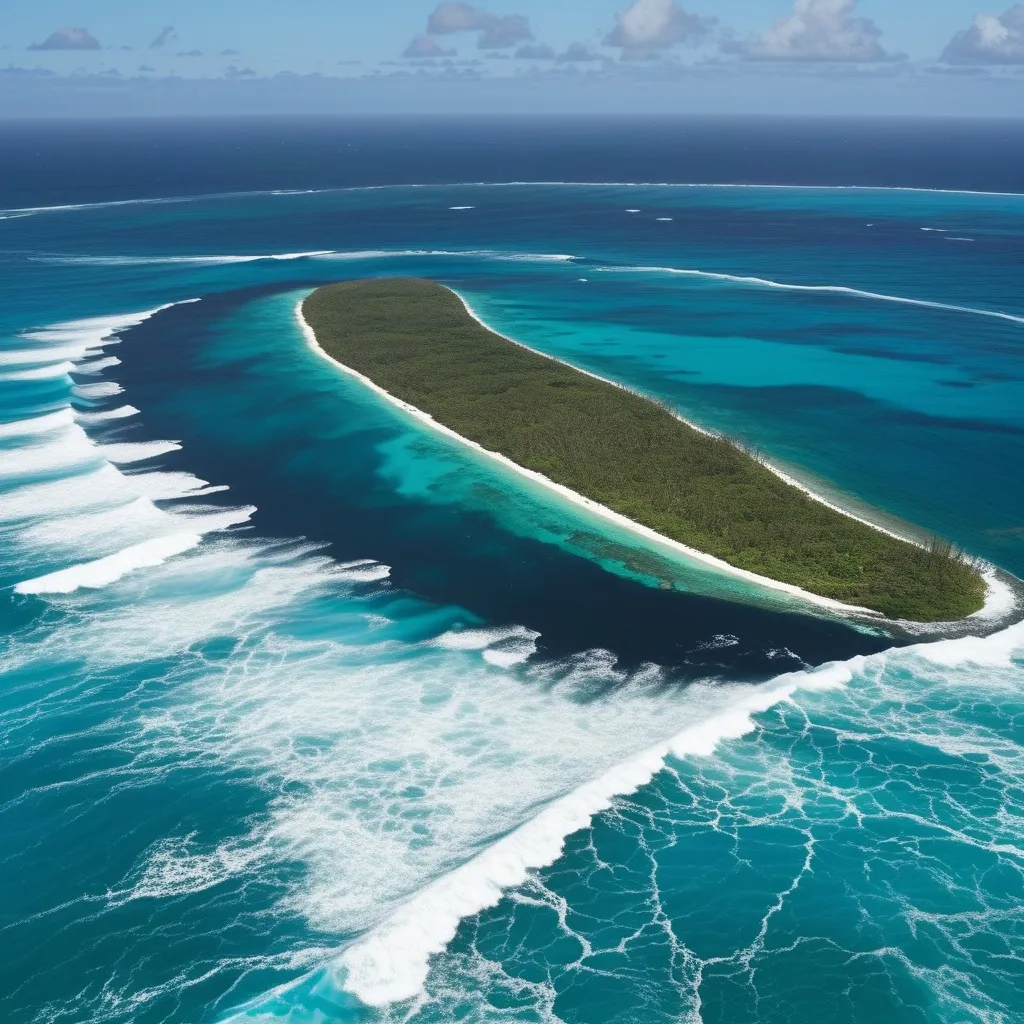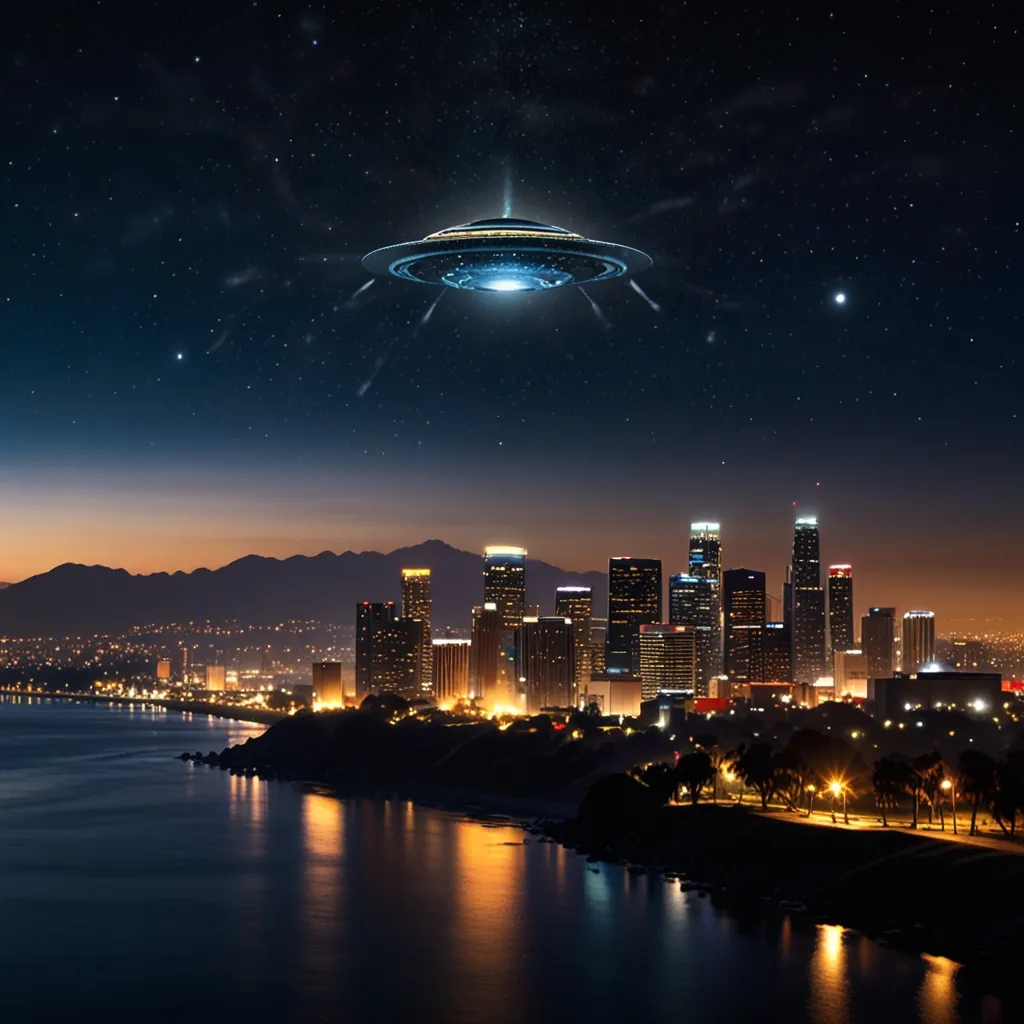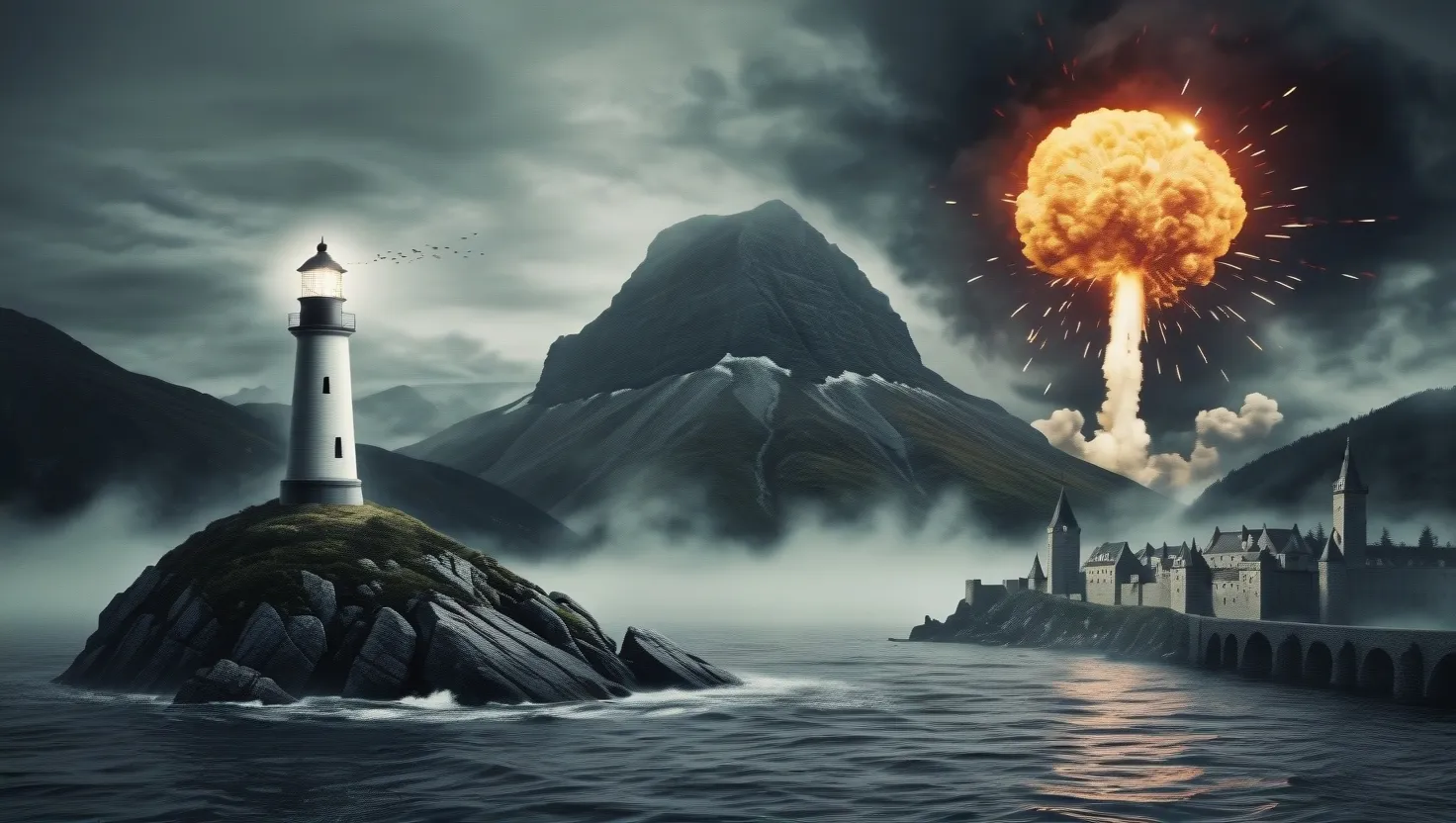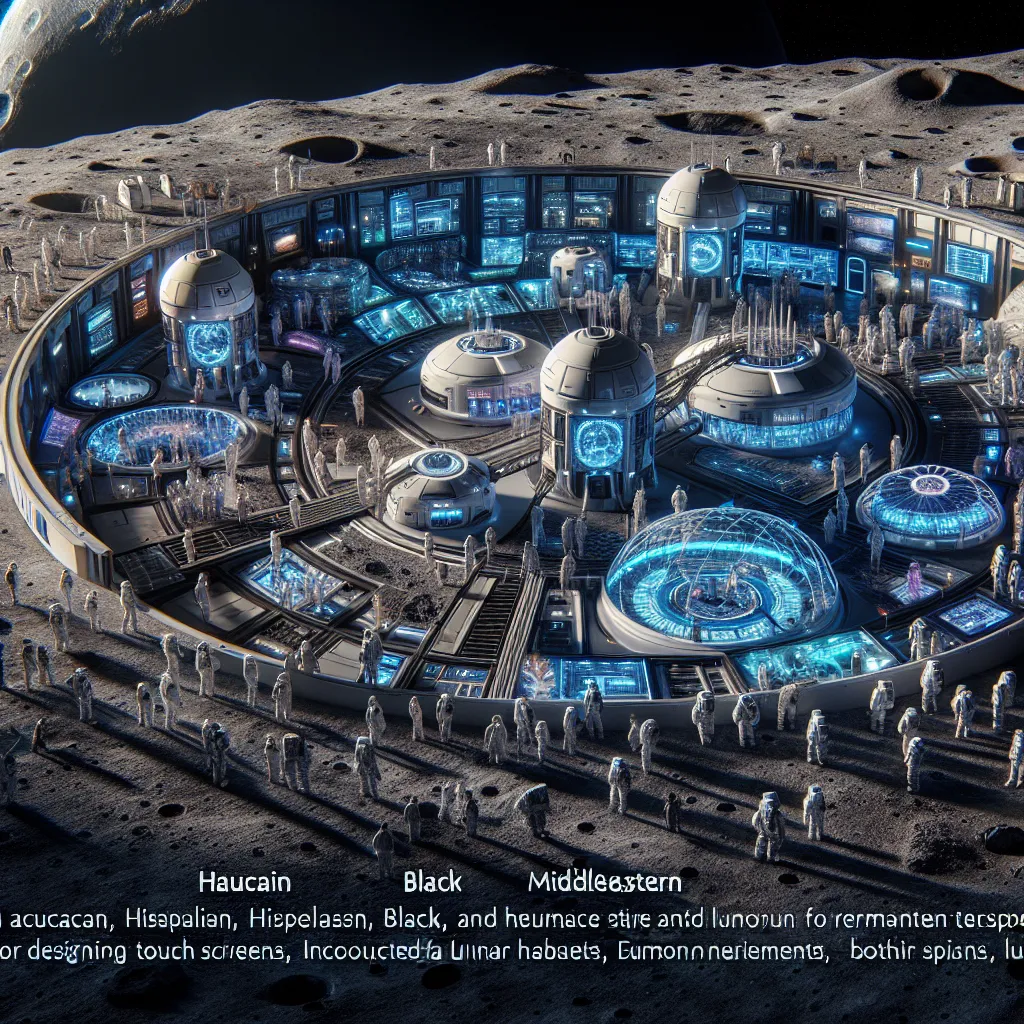The Vanishing Island: Teonimanu’s Mysterious Disappearance
In the vast blue expanse of the Pacific Ocean, a fascinating tale of a lost island has captivated generations. Teonimanu, once a vibrant part of the Solomon Islands, now lies beneath the waves, its story a blend of myth and scientific intrigue.
If you were to search for Teonimanu on Google Earth, you’d find yourself staring at a patch of dark blue water at 9°59’36”S 161°59’10”E. This area, now known as Lark Shoal, is all that remains of the island. The sea here is surprisingly shallow, ranging from just 1 to 14 meters deep, a stark contrast to the surrounding depths.
The story of Teonimanu’s disappearance has been passed down through oral traditions in the central Solomon Islands. It’s a tale of love, betrayal, and supernatural revenge that would make any Hollywood scriptwriter jealous.
Picture this: a woman named Sauwete’au, living on Teonimanu, married to Roraimenu from the nearby island of Ali’te. But here’s the twist - her heart belonged to another man, Kaliita’alu. When Sauwete’au eloped with Kaliita’alu and returned to Teonimanu, Roraimenu was furious. Hell hath no fury like a Solomon Islander scorned, apparently.
According to the legend, Roraimenu didn’t just get mad; he got even. He bought a wave curse with shell money (because who doesn’t accept shell money for curses, right?). This curse was set to unleash eight massive waves on Teonimanu. Talk about overkill!
The story goes that Roraimenu watched from a high rock on Ali’te as the waves hammered Teonimanu. One by one, the waves crashed over the island, slowly but surely swallowing it whole. It’s like a scene from a disaster movie, but with more coconuts and less CGI.
Now, as much as we’d love to believe in wave curses and shell money transactions, scientists have a slightly different take on what happened to Teonimanu. Spoiler alert: it involves less magic and more geology.
Teonimanu was located in the Pacific Ring of Fire, an area known for its frequent earthquakes and volcanic activity. The island sat on an undersea ridge that drops steeply into the Cape Johnson Trench. Imagine building a sandcastle on the edge of a cliff, and you’ll get the idea.
Geologist Patrick Nunn, who’s studied this area extensively, explains that this region is about as stable as a drunk person on a tightrope. The Earth’s crust here is constantly moving, with one section sliding beneath another. This tectonic tango can lead to massive earthquakes that shake the sea floor, causing underwater landslides of epic proportions.
In Teonimanu’s case, it’s likely that one of these landslides occurred, dragging the island down into the depths faster than you can say “curse you, Roraimenu!” The landslide would have triggered a series of tsunami waves, which might explain the “eight waves” in the legend. It’s like nature’s own version of a curse, but with more scientific backing.
The evidence supporting this theory is pretty solid. Seismic data shows a buildup of debris from landslides inside the trench, indicating that the ridge is about as stable as a Jenga tower in an earthquake. This instability lines up with the stories of a sudden, catastrophic event that led to the island’s disappearance.
The fact that only a few survivors managed to escape in canoes also fits with the geological explanation. If the island sank due to a landslide, it would have happened quickly, leaving little time for people to grab their swimsuits and inflatable flamingos.
Now, you might be thinking, “Cool story, bro, but why should I care about some long-gone island?” Well, Teonimanu’s tale is more than just a good yarn to spin at beach bonfires. It highlights the importance of oral traditions in preserving historical events.
Without these stories passed down through generations, Teonimanu’s existence might have been lost to history, like that sock that disappears in the dryer. These oral histories, while sometimes embellished (because who doesn’t love a good embellishment?), contain kernels of truth that scientists are now recognizing as valuable records of catastrophic events.
It’s not just Teonimanu, either. Throughout the Pacific, similar oral histories document submerged islands or volcanic lands that have been destroyed. It’s like a prehistoric version of Google Maps, but with more colorful storytelling and less street view.
The eruption of the Hunga Tonga–Hunga Haʻapai volcano in 2022 gave scientists a rare peek into the life cycle of an island. It reinforced the idea that islands in these regions are both born and destroyed by geological forces, kind of like a really slow and dramatic game of Sim City.
Teonimanu’s story is a bridge between myth and science, showing how these two seemingly different fields can actually work together. It’s like peanut butter and jelly, but for academics. By taking oral traditions seriously, scientists can gain insights into historical events that might otherwise be overlooked.
This approach is particularly relevant when it comes to climate change. Indigenous knowledge about sea level rise and natural disasters can be invaluable. As Professor Nunn points out, “knowledge that has been held orally is disappearing, yet it is this indigenous knowledge that is going to help future generations cope with sea level rise.” It’s like having a cheat code for dealing with climate change, handed down through generations.
Imagine standing on the shores of a nearby island, listening to the elders tell the story of Teonimanu. The waves gently lap against the shore as they recount the tale of Sauwete’au and Roraimenu, their voices filled with a mix of sadness and awe. It’s a reminder that history isn’t just about boring dates and events, but about people and their stories.
As we dig into these mysteries of the past, we’re also reminded of how fragile our planet is. Islands like Teonimanu, which were once thriving communities, can disappear faster than you can say “global warming.” It’s a sobering thought, isn’t it?
Teonimanu’s disappearance is like a real-life version of Atlantis, but with less advanced technology and more coconuts. It’s a tale that mixes love, betrayal, and revenge with the harsh realities of living on a geologically unstable island. It’s like a soap opera written by Mother Nature herself.
As we continue to explore and understand our world, it’s crucial to respect and integrate the knowledge passed down through oral traditions. These stories aren’t just entertaining; they’re valuable records of our planet’s history.
In the end, whether you see Teonimanu’s sinking as a lover’s revenge or a geological collapse, the essence of the story remains the same. It’s a powerful reminder of how dynamic and unpredictable our planet can be. It’s like living on a giant mood ring, but instead of changing colors, it changes landscapes.
As we look out into the Pacific, we’re left with a sense of wonder and respect for the islands that have vanished, and the stories that keep their memories alive. It’s a humbling reminder that in the grand scheme of things, we’re all just temporary residents on this big blue marble.
So the next time you’re lounging on a tropical beach, sipping a piña colada, take a moment to appreciate the ground beneath your feet. Who knows? In a few thousand years, your beach chair might be part of another underwater mystery, waiting for future generations to uncover its secrets.
And who knows? Maybe somewhere out there, Roraimenu is still watching, shell money in hand, ready to unleash another wave curse on unsuspecting islands. Just kidding… or am I? Happy island hopping, folks, and may your islands stay above water!






